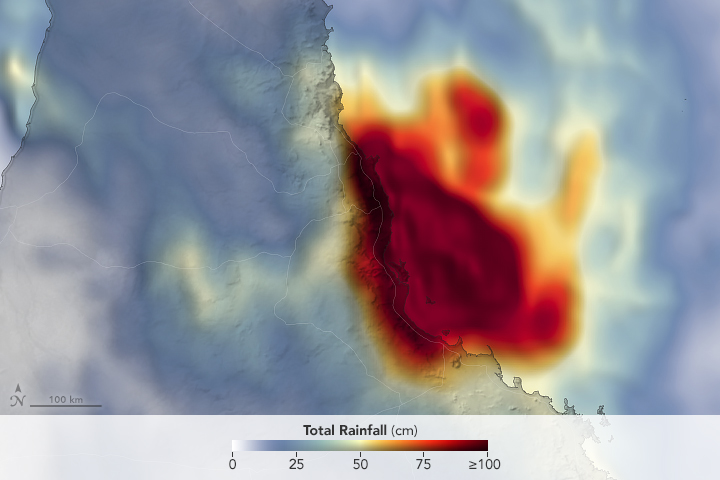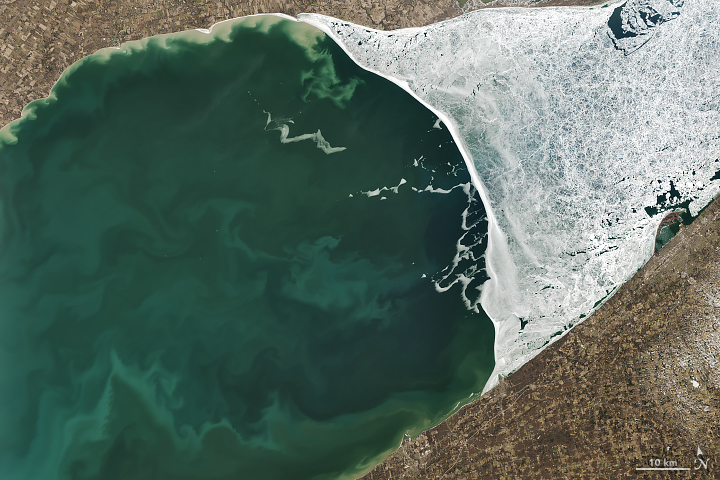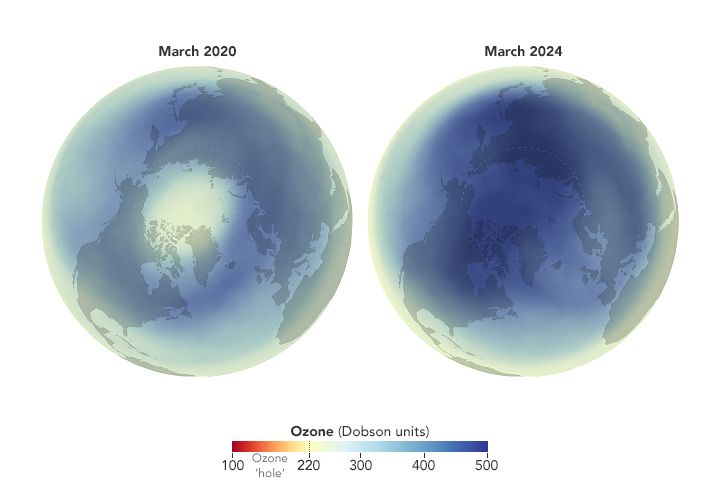- Home
- Missions
- Data
- Communications
- People
- The Earth Observer Newsletter




Recent Imagery
You will be directed to the NASA Visible Earth webpage when you select Images by Mission below, or click on the images at right that are randomly generated to represent four out of all possible topics.
You are here
Gravity Recovery and Climate Experiment Follow-On (GRACE-FO)
Status:
Current, Extended Mission
Mission Category:
Earth Systematic Missions Program, Decadal Survey 2007
Launch Date: May 22, 2018
Launch Location: Vandenberg Air Force Base
Changes in how mass is distributed within and between Earth’s atmosphere, oceans, groundwater and ice sheets are fundamental indicators of the large-scale dynamics of the planet. For more than 15 years, NASA’s Gravity Recovery and Climate Experiment (GRACE) mission monitored mass changes every month with far-reaching impact on our understanding of the Earth system and how it is evolving. GRACE Follow-On (GRACE-FO) continues the legacy of GRACE, tracking Earth’s water movement and surface mass changes across the planet. Monitoring changes in ice sheets and glaciers, near-surface and underground water storage, the amount of water in large lakes and rivers, as well as changes in sea level and ocean currents provides an integrated global view of how Earth’s water cycle and energy balance are evolving—measurements that have important applications for everyday life.
Key Gravity Recovery and Climate Experiment Follow-On Facts
| Mission/Portal Page: | https://gracefo.jpl.nasa.gov |
|---|---|
| Launch Vehicle: | SpaceX Falcon 9 |
| Altitude:Distance from sea level. | 490km |
| Inclination: | 89° |
| Origination: | NASA, German Research Centre for Geosciences (GFZ) |
| Instruments: |
GRACE-FO uses a Microwave Instrument (MWI), which is a microwave ranging system based on global positioning system (GPS) technology, and a very sensitive accelerometer (an instrument that measures the forces on the satellites besides gravity). GRACE-FO will also have an experimental instrument called the Laser Ranging Interferometer (LRI). |
| Project Scientist(s): |
Frank Webb |
| Deputy Project Scientist(s): |
Felix Landerer |
| Program Scientist(s): |
John LaBrecque |
Related Publications:
- Sensing Gravity from Space: GRACE Follow-On (Postcards - 6.48 MB)
- Understanding Earth: Our Ocean (Booklets - 10.39 MB)
- GRACE-FO Mission Brochure (iBooks - 4.82 MB)
- ICESat-2 Mission Brochure (iBooks - 8.82 MB)
Relevant Science Focus Areas:
- Climate Variability and Change
- Earth Surface and Interior
- Water and Energy Cycles
Relevant Science Questions:
- How does the Earth system respond to natural and human-induced changes?
- How is the global Earth system changing?
- What are the primary forcings of the Earth system?
Related Applications:
- Disaster Management
- Water Management

